Retro (or old-school) food, refers to food that was popular in the past but not as much in the present. These foods can be associated with certain time periods, and can evoke a sense of nostalgia for those that remember them.
As youths born in Generation Z (Gen Z), we are used to all sorts of trendy and hip food such as Wingstop or whatever is the new bubble tea craze. However, we don’t often eat old comfort food or traditional flavours our parents and grandparents grew up with. Hence, we may have different reactions when eating old-school food due to our taste buds being accustomed to the flavour of other foods.
These differences can also arise due to factors during the time we and our parents were born. As Gen Zs, we are highly interconnected to the world and the various cuisines out there, hence, adventurous and curious to flavours from other cultures. Our parents and their parents tend to appreciate home-cooked food and traditional cuisines, even more if they were family recipes.
Thus, we decided to embark on a journey to try out old-school food and share our experiences in this article.
Magic Kitchen
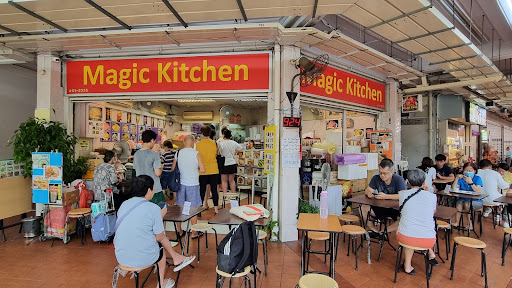
Our first stop on a rainy Wednesday was Magic Kitchen, a 10-minute walk from Ang Mo Kio MRT station. When we arrived, the place was already packed with locals having their breakfast or waiting for it. We quickly joined the ever-growing queue and scanned the extensive menu. Most of the offerings were toast-based, which Magic Kitchen is well-known for, as well as various old-school goodies such as desserts, local dishes, and drinks.
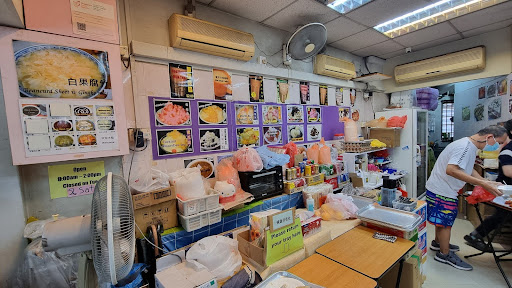
The place did exude a vintage-ish feel, with foldable stools and tables for patrons to sit on, laminated pictures of menu items lining the walls, and the signs being handwritten in both English and Chinese. The food being served on aluminium trays and the mismatching colours of the interior really gives a retro vibe to the place.
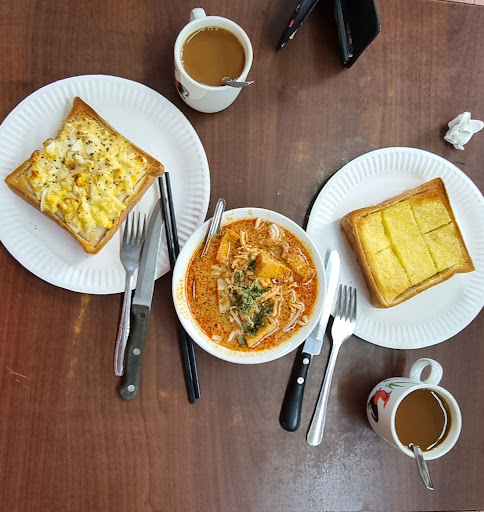
After a while, the food finally arrived and we dug in as the rain continued to pour in the background. The bread had beautifully toasted crusts with soft, smooth butteriness in the middle. We loved the simplicity of the toast and it easily satisfied our taste buds.
The Laksa Chee Cheong Fun was surprisingly filling for such a small bowl, and they were very generous with the ingredients. Similar Laksas we have eaten would only include 2 to 3 pieces of fishcake and a few pieces of chicken, but Magic Kitchen made sure to cram in as much as possible into the bowl – about 5 pieces of fishcake and almost as much chicken you would get from a plate of chicken rice, which was really impressive to us. The Laksa was a slow-burn spice and was not overpowering like others we have tried before. It was still pretty good overall and we would probably come back to eat it again.
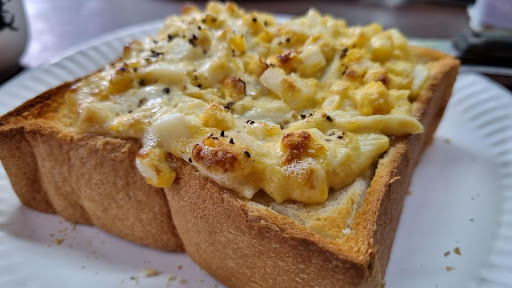
Overall, it was a great experience trying out this comfort food and it was surprisingly cheap! Everything came up to about $10, which is very rare in today’s economy. Getting a piece of toast and a drink anywhere else would have already set you back $8 (maybe the prices were from a different era as well?). The food was great and there are a lot more food items we cannot wait to try out in our future visits.
Tong Xin Gu Wei
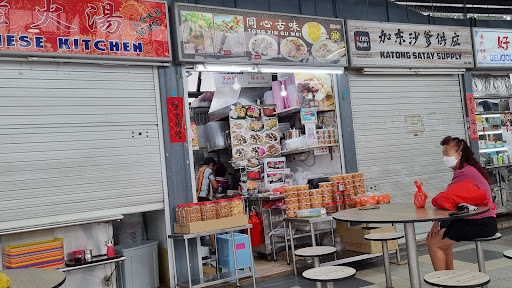
Our next stop was Tong Xin Gu Wei at Serangoon Garden Market, which offered local delicacies such as Congee, Chee Cheong Fun, and Yam Cake. To our surprise, they also sold Chinese New Year goodies and traditional snacks. We ordered the Chee Cheong Fun and Pork Porridge to try out.
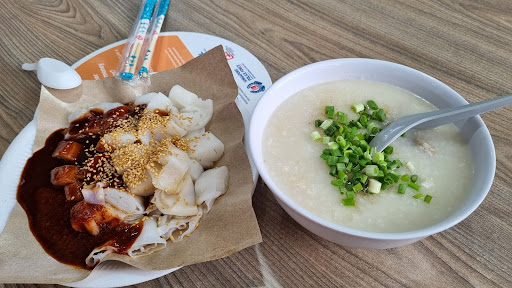
The Chee Cheong Fun looked nothing out of the ordinary at first, but the sauce blew us away. The sweetness paired perfectly with the rice flour sheets, and the sheets themselves were soft and chewy. The porridge was smooth and thick, and the combination of ginger and spring onions added great flavour. The meatballs were quite girthy and complimented the whole dish perfectly.
Botanic Garden Dessert Corner
After the first two places, we were pretty full, but as the saying goes: “There’s always room for dessert”.
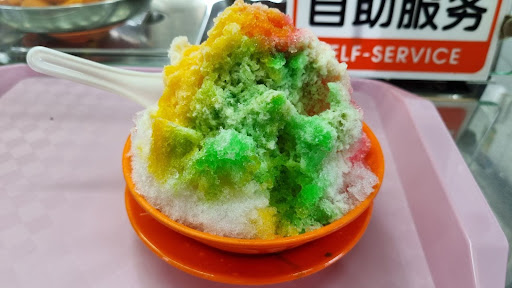
So we headed to Botanic Garden Dessert Corner, also located at Serangoon Garden Market, for a cool treat before we ended the day. We ordered Ice Kachang since it is one of the most recognisable old-school desserts. Visually, it was vibrant and drenched in colourful syrup, making it eye-catching. The sweet syrup plus the coolness of the shaved ice made it a refreshing treat in Singapore’s hot and humid weather.
Conclusion
After a long day of eating, we realised that the old-school foods we tried shared common traits, most of them were simple yet satisfying to eat, and that the recipes still endured into this era of modern food. Where dishes now have to add in truffle or some new take in order to reinvent themselves to the modern palate, old-school dishes still continue mostly unchanged.
Check out the stores we visited in the links below and let us know what your favourite old-school dish is and why!
@theurbanwire How often do we get to savour old comfort food, or traditional flavours our parents and grandparents grew up with? 👨👩👧👦 Join The UrbanWire as we embark on a journey down memory lane, and find out exactly how these old-school recipes have remained unchanged in this era of diverse cuisines🍴 #theurbanwire #genz #oldschool #food #singapore #fypsingapore
♬ original sound – theurbanwire – theurbanwire
